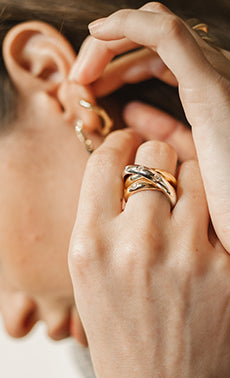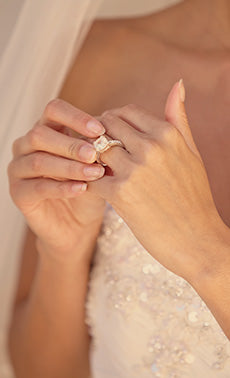
The journey of watch crystals is a fascinating tale of innovation, luxury, and the relentless pursuit of durability and clarity. In this article, we’ll delve into the history and technology behind watch crystals and explore why some collectors still cherish vintage acrylic over the modern sapphire.
The story of watch crystals begins in the 17th century with the introduction of “rock crystal,” a form of quartz. This natural material was the first to be used in watchmaking, giving rise to the term “watch crystal.” However, it was not until the 19th and 20th centuries that new materials like synthetic sapphire, acrylic, and mineral glass began to appear.
Mineral Glass: The Unsung Hero
Mineral glass, often overlooked in the watch crystal narrative, has played a pivotal role in the evolution of timepieces. In the early 20th century, the Vaurillon mineral glass factory in Geneva was a hub of innovation, producing the white glass that would become a staple in watchmaking. Mineral glass offered a balance between the affordability of acrylic and the durability of sapphire, making it a popular choice for mid-range watches. Its greater scratch resistance compared to acrylic and better impact resistance than sapphire made it a versatile and practical option for many watchmakers.
Reasons to prefer mineral glass:
- Balanced Elegance: Mineral glass is the unsung hero of watchmaking, offering a harmonious blend of elegance and practicality. It’s the choice for those who seek the golden mean between the vintage allure of acrylic and the unyielding fortitude of sapphire.
- Practical Durability: With its commendable scratch resistance and commendable impact resilience, mineral glass stands as a testament to the ingenuity of mid-century innovation. It’s a material that respects the wearer’s lifestyle, balancing everyday usability with enduring beauty.
- Accessible Luxury: Mineral glass embodies the democratic spirit of watchmaking, bringing a touch of luxury to the wrists of the many. It’s a material that doesn’t compromise on quality, yet remains within reach, reflecting the aspirations of the modern connoisseur.
Acrylic: The Vintage Charm
Acrylic crystals, also known as Hesalite or Plexiglass, are a type of plastic that offered an affordable and easily manufacturable option for watchmakers. Their softness makes them susceptible to scratches; however, they are surprisingly resistant to impacts due to their flexibility. This resilience, combined with the ease of buffing out light scratches, made acrylic a popular choice for many mid-century watch brands.
Why collectors adore acrylic:
- Warmth and Character: Acrylic has a unique warmth and depth that adds character to a watch.
- Historical Authenticity: Many iconic vintage watches originally came with acrylic crystals, making them historically accurate and desirable to purists.
- Ease of Repair: Light scratches can be easily polished out, maintaining the crystal’s clarity over time.
Sapphire: The Modern Standard
Sapphire crystals emerged as a luxury standard due to their incredible hardness and scratch resistance. Synthetic sapphire, developed in the early 20th century, allowed for mass production of these durable crystals. Today, sapphire is the premium choice for high-end watches, offering unmatched scratch resistance and clarity.
The appeal of sapphire:
- Durability: Sapphire’s hardness is second only to diamond on the Mohs scale, making it nearly scratch-proof.
- Clarity: The clearness of sapphire crystals ensures an unobstructed view of the watch dial.
- Prestige: The use of sapphire is often associated with luxury and high-quality craftsmanship.
Debate: Acrylic vs. Mineral Glass vs. Sapphire
The preference for acrylic, mineral glass, or sapphire crystals is a matter of taste and values. While sapphire offers practical benefits in terms of durability and maintenance, acrylic carries an aura of vintage charm and nostalgia that many collectors find irresistible. Mineral glass strikes a balance, offering better scratch resistance than acrylic without the high cost of sapphire.
Watch enthusiasts and experts often debate the merits of each material. Some argue that the historical significance and ‘soul’ of acrylic make it irreplaceable, while others advocate for the modern superiority and practicality of sapphire, and still others appreciate the middle ground that mineral glass represents.
We invite you to comment below with your personal experiences and preferences. Do you prefer the vintage appeal of acrylic, the balanced practicality of mineral glass, or the modern resilience of sapphire?
Share your stories of watch restoration and the choices you’ve made regarding watch crystals. Your insights enrich our community and help others in their journey through the history and technology of timekeeping.








Leave a comment
This site is protected by hCaptcha and the hCaptcha Privacy Policy and Terms of Service apply.